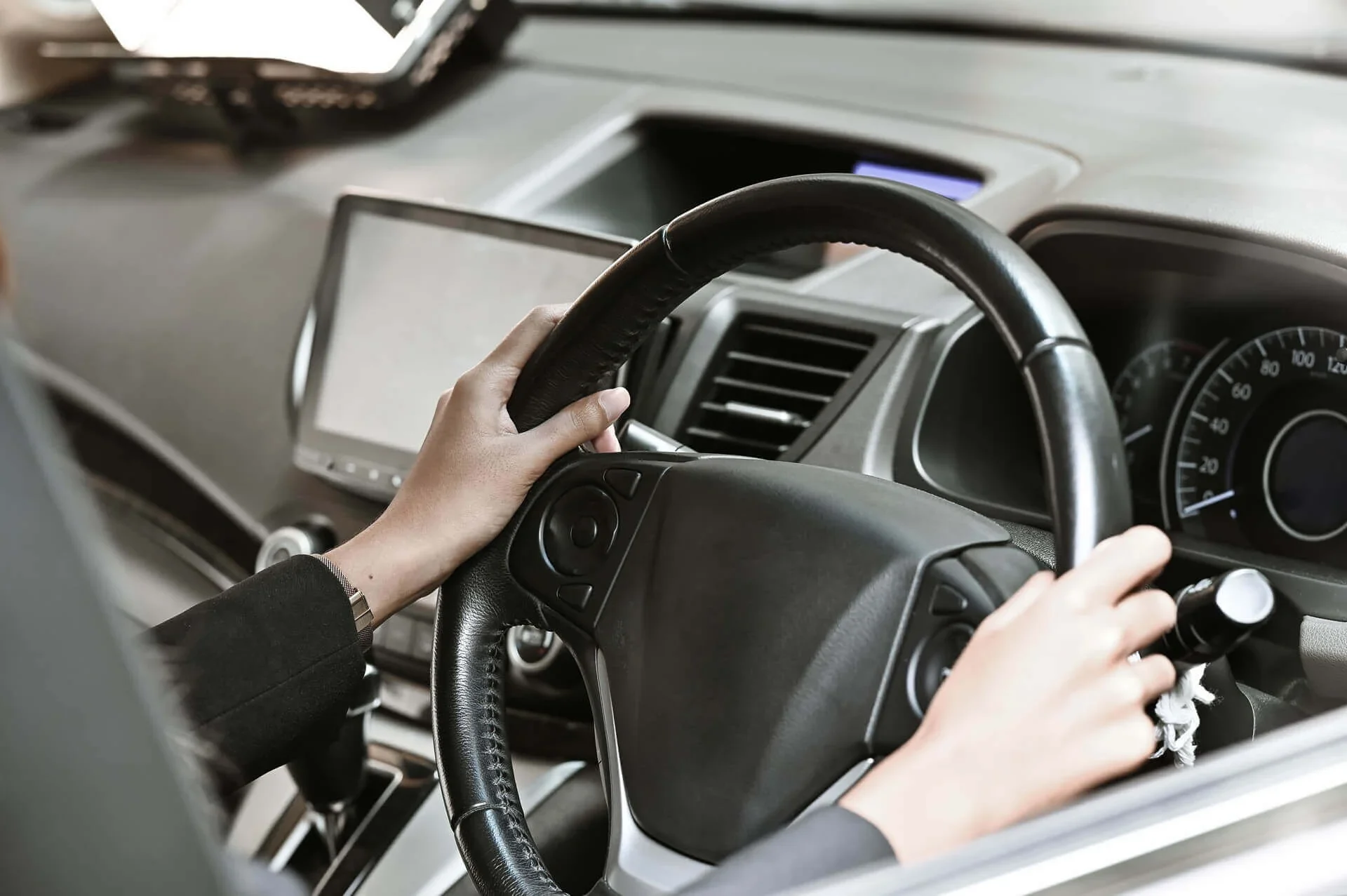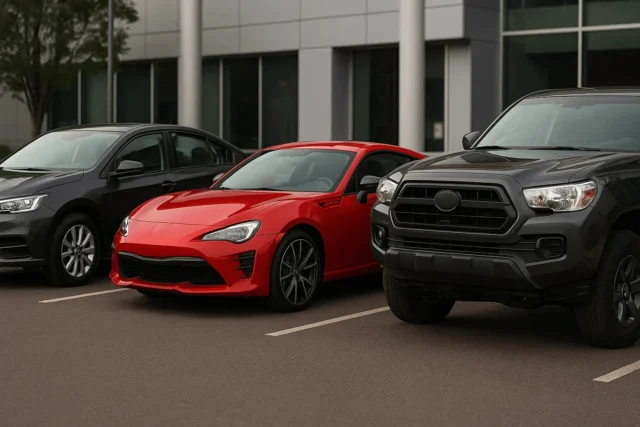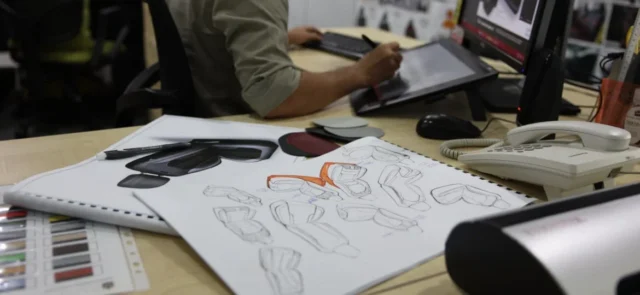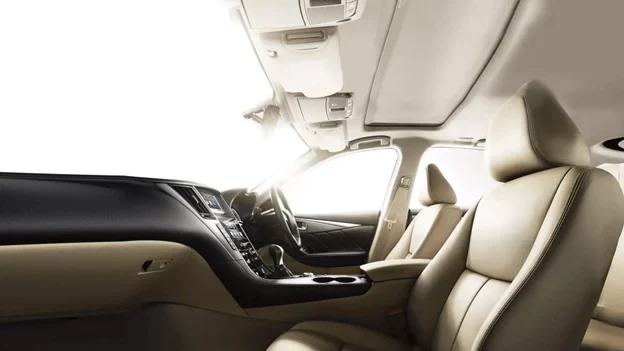The automotive industry is undergoing rapid transformation, with innovation extending far beyond the engine or powertrain. One of the most fascinating shifts is happening inside the car — within the automotive interior. What was once a purely functional space is evolving into a connected, comfortable, and stylish environment that reflects consumer lifestyles and expectations.
As vehicles become smarter and more sustainable, the interior is now a key battleground for automakers. It’s where technology, design, and human experience converge.
In this article, we’ll explore the trends, technologies, and consumer demands shaping the future of automotive industry interiors.
Why Automotive Interiors Matter More Than Ever
Car interiors are no longer just about seats, dashboards, and buttons. They are becoming experience hubs where drivers and passengers expect comfort, connectivity, and personalization. With the rise of electric and autonomous vehicles, interiors will play a larger role in differentiating brands.
For many buyers, the interior is now the deciding factor in purchase decisions. A vehicle may have strong performance specs, but without a modern, inviting cabin, it risks losing appeal. This shift highlights why the future of automotive interiors is as critical as what happens under the hood.
Key Trends in the Future of Automotive Interiors
1. Sustainable and Eco-Friendly Materials
As environmental awareness grows, consumers expect greener solutions. Manufacturers are moving away from traditional plastics and turning to recycled, plant-based, or bio-composite materials.
For example, interiors may feature fabrics made from recycled bottles or bamboo fibers. This shift not only reduces the industry’s carbon footprint but also appeals to eco-conscious buyers seeking sustainable options.
2. Minimalist and Smart Design
The rise of electric vehicles (EVs) and autonomous driving encourages clean, simplified interiors. Buttons and knobs are being replaced with touchscreens, voice controls, and haptic feedback systems. Minimalist dashboards, customizable lighting, and clutter-free layouts create a futuristic, tech-forward atmosphere that aligns with consumer expectations for intuitive design.
3. Advanced Connectivity
The car interior is becoming an extension of the digital lifestyle. With 5G technology and AI-driven infotainment systems, passengers can enjoy seamless access to entertainment, navigation, and even work applications. This means cars are turning into mobile offices and entertainment hubs, catering to both productivity and leisure.
4. Personalisation at Scale
One size no longer fits all. Consumers want interiors that reflect their preferences. Automakers are offering customisable seat, lighting themes, and modular layouts that allow drivers to design a space suited to their needs. For example, families may prioritise durable materials, while luxury buyers may opt for premium leather finishes with intricate stitching.
5. Focus on Comfort and Wellness
The future interior will be designed not only for aesthetics but also for well-being. Expect features such as climate-controlled seats, in-cabin air purification, and ergonomic seating with posture support. Some vehicles are even introducing massage functions, ambient lighting designed to reduce stress, and sound systems that enhance relaxation.
6. Immersive Displays and Augmented Reality (AR)
Traditional gauges are giving way to heads-up displays, large infotainment screens, and AR interfaces. These technologies enhance driver safety by projecting navigation and real-time data directly into the driver’s field of vision. In autonomous vehicles, immersive displays will likely serve entertainment or business purposes.
7. Flexible Cabin Configurations
With autonomous driving on the horizon, interiors will shift from driver-centric to lounge-like spaces. Seats that swivel, fold, or recline will allow passengers to relax, work, or socialize. SUVs and family vehicles may offer adaptable layouts to meet different lifestyle needs, from road trips to cargo transport.
How Technology is Reshaping Automotive Interiors
Technology is the backbone of this transformation. Here are some of the innovations redefining the future:
- AI-Driven Infotainment: Systems that learn driver preferences, suggest routes, or recommend entertainment.
- Voice Recognition: Hands-free commands for navigation, calls, or climate control.
- Biometric Sensors: Monitors that track driver fatigue or stress, adjusting the cabin environment accordingly.
- Wireless Charging: Integration of charging pads for smartphones and other devices.
- Smart Glass: Windows that can adjust transparency or display information, offering privacy and efficiency.
The integration of these technologies ensures interiors are not only modern but also safer, more convenient, and aligned with consumer expectations for connectivity.
Consumer Expectations Driving Change
The future of the automotive industry depends heavily on consumer demand. Today’s buyers want:
- Sustainability: Interiors that reduce environmental impact through eco-materials.
- Technology Integration: Seamless connectivity between vehicles and digital lifestyles.
- Comfort and Wellness: Interiors designed to enhance health, relaxation, and productivity.
- Safety: Features such as AR navigation and fatigue monitoring that protect drivers.
- Personalisation: Customisable layouts and finishes that reflect individual lifestyles.
Manufacturers who successfully align with these expectations will gain a competitive edge.
Challenges for the Automotive Industry
Despite exciting opportunities, automakers face challenges in implementing these changes:
- Cost: High-tech materials and features increase production costs.
- Durability: Eco-friendly materials must meet the same durability standards as traditional ones.
- Cybersecurity: With connected vehicles, protecting consumer data is vital.
- Adoption Speed: Consumer readiness for advanced technologies like AR or autonomous lounges varies by region.
Addressing these challenges is critical for ensuring that innovations in automotive interiors are practical, scalable, and secure.
The Road Ahead
The future of automotive interiors will redefine what it means to travel. Cars will no longer be just a mode of transport but immersive spaces that combine sustainability, technology, and comfort.
As the automotive industry moves toward electrification and autonomy, interiors will become central to brand identity and consumer loyalty. Buyers will expect vehicles that not only perform well on the road but also provide an interior experience that aligns with their digital lifestyles, health, and personal style.
Conclusion
Automotive interiors are at the heart of the future of automotive industry innovation. From sustainable materials to advanced connectivity and customisable layouts, interiors are evolving into intelligent, comfortable, and stylish environments.
For consumers, this shift means vehicles will increasingly feel like extensions of their homes and offices, offering both functionality and luxury. For automakers, it represents a new frontier for differentiation and value creation.
👉 The automotive interior of tomorrow is not just about where you sit — it’s about how you live, work, and connect on the move.




